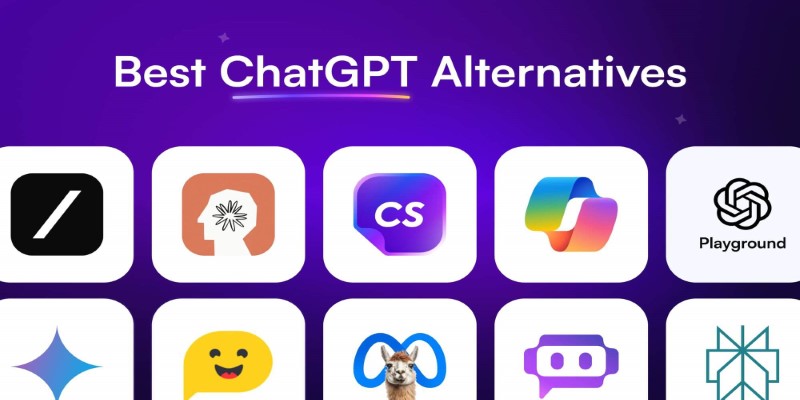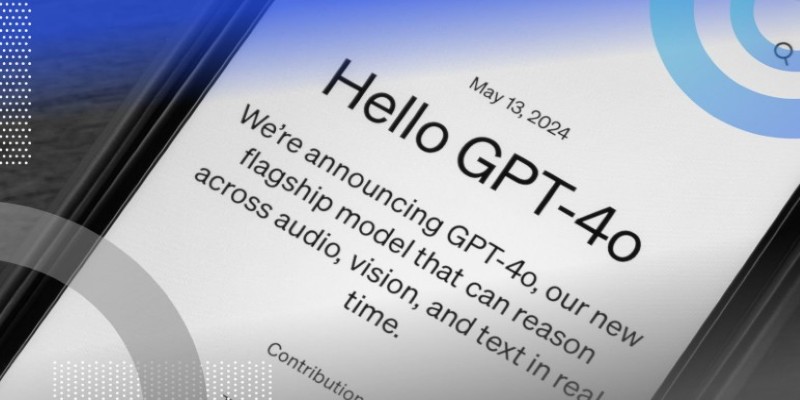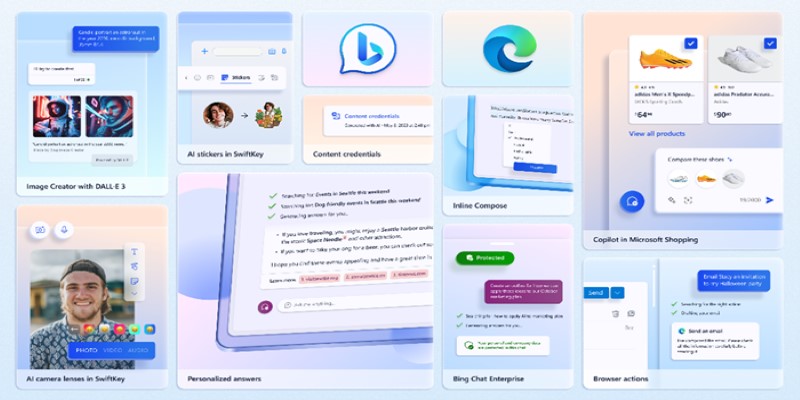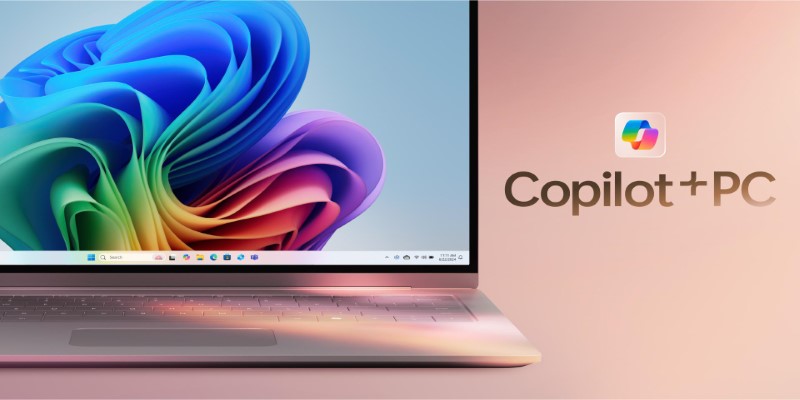Advertisement
If you’ve spent any time in online writing groups, productivity forums, or the ever-growing world of AI communities, you’ve likely seen someone selling “premium prompts.” They’re often packaged as cheat codes to better output—faster answers, more creativity, better tone. But here’s the real question: do these curated prompts actually deliver something you can’t already get for free, or are they just another internet product banking on FOMO?
Without any further ado, let’s look at this with clear eyes, without any drama or jargon. Because when it comes to tools we’re supposed to rely on daily, it helps to know what you're really paying for.
At their core, prompts are just instructions you give to an AI. Ask it to write an email. Tell it to break down a scientific paper. Request a recipe that doesn’t use dairy. Whatever it is, the quality of the AI's response usually depends on how clearly and cleverly you ask.
Now, "premium prompts" usually take that concept further. They're marketed as fine-tuned scripts—tested, edited, and optimized to get consistent, higher-quality output across tools like ChatGPT, Claude, or Gemini. Some are designed for business use (marketing copy, client emails), others for creative projects (plot outlines, social media captions). You'll also find niche ones for things like therapy journaling, productivity planning, and coding.

What makes them "premium" isn't just the wording—it's the time someone claims to have spent crafting them and the results you're supposed to get in return.
Free prompts are everywhere. Blogs, subreddits, Discord chats—you can get hundreds of them without paying anything. And quite a few of them are solid. They cover common needs and often come with examples or variations you can adjust.
The main edge premium prompts claim is consistency. The idea is that they’ve been tested enough to work reliably across different inputs. But this edge isn’t guaranteed. Some paid options are nothing more than dressed-up templates that anyone could have written. Others are genuinely helpful because they reflect experience in a specific task or field.
If you’re doing work that’s niche or sensitive—like long-form storytelling, email marketing, or complex research queries—you might get better results from prompts that have been refined through trial. But if you’re comfortable tweaking things on your own, you can often get just as far without spending anything.
When you buy a premium prompt, you’re not paying for a line of text. You’re paying for the work behind it. It’s similar to buying a recipe someone tested ten times to get right. They’ve done the experimenting, so you don’t have to.
The value here isn’t about magic—it's about convenience. You're cutting down on trial and error. For people who rely on AI tools in their workday, that shortcut can matter, especially if you're on a deadline or juggling multiple requests.

There’s another angle, too. Good prompts can be learning tools. If you’re new to AI, breaking down how a premium prompt is structured—what details it includes, how it steers tone, how it handles edge cases—can help you improve your own. It’s like studying a good piece of writing to figure out what makes it flow.
And for teams, it’s not just about saving time. Having a shared prompt set helps keep results consistent, especially when multiple people are using the same AI tool for different tasks. Some sellers even offer editable versions or industry-specific sets, which makes them easier to plug into your workflow right away.
That kind of packaging—when done well—adds value that goes beyond the prompt itself.
If you're trying to figure out whether it’s worth opening your wallet, it helps to be specific. There’s no blanket answer, but here’s a basic filter.
It’s easy to get drawn in by slick marketing, but without a clear reason to use a prompt regularly, that paid download may sit unused. Before buying, it’s better to try something free in the same category and see what’s missing. Then you’ll know whether a premium version could actually solve that gap—or not.
Premium prompts can be useful tools. But they're only worth the money if they do something you either can't—or don't want to—do yourself. They're not a must-have for everyone, and they're not automatically better just because they cost more. If you're already good at working with AI tools, you might not need them. If you're not, and a paid version saves time, adds structure, or teaches you something along the way, then it might be worth it. What matters most is whether they help you do better work. Not just faster work. Not just easier. Just better.
They should earn their place in your toolkit, not just look good in a download folder. If they sit unused, they’re not solving anything. But if they help you produce work you’re more confident in, that’s where the real value is. Hope this info proves helpful. Stay tuned for more informative and comprehensive guides.
Advertisement

Looking for smarter ways to get answers or spark ideas? Discover 10 standout ChatGPT alternatives that offer unique features, faster responses, or a different style of interaction

What if one AI model could read text, understand images, and connect them instantly? See how GPT-4o handles it all with ease through a single API

Discover 10 ChatGPT plugins designed to simplify PDF tasks like summarizing, converting, creating, and extracting text.

Veed.io makes video editing easy and fast with AI-powered tools. From auto-generated subtitles to customizable templates, create professional videos without hassle

Want to create music without instruments or studio gear? Learn how to use Suno AI to turn simple text prompts into full songs, with vocals, backing tracks, and more

Want to turn your words into images without paying a cent? Learn how to use DALL·E 3 for free inside Microsoft Bing, with zero design skills or signups required

Need help setting up Microsoft Copilot on your Mac? This step-by-step guide walks you through installation and basic usage so you can start working with AI on macOS today.

Want a free coding assistant in VS Code? Learn how to set up Llama 3 using Ollama and the Continue extension to get AI help without subscriptions or cloud tools

Discover how AI and DevOps team up to boost remote work with faster delivery, smart automation, and improved collaboration

Curious about where AI is headed after ChatGPT? Take a look at what's coming next in the world of generative AI and how chatbots might evolve in the near future

What predictive AI is and how it works with real-life examples. This beginner-friendly guide explains how AI can make smart guesses using data

Need clarity in your thoughts? Learn how ChatGPT helps create mind maps and flowcharts, organizing your ideas quickly and effectively without fancy software